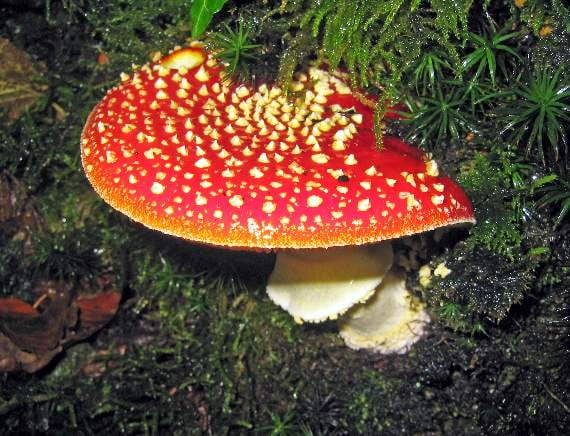Now that our trees have dropped their leaves after they became redundant and dried up, the woodland floor is covered with leaf litter that is several inches deep in some places. This provides a home for lots of creatures, both animals and insects.
Worms, slugs and snails are all foragers eat the fleshy part of the leaves. Ground beetles, earwigs, longhorn beetles and spiders, particularly the hunting and wolf spiders, are at home in the leafy mulch as well woodlice, which, despite their name, don’t eat wood but prefer leaf litter, seedlings, fungi and even dung. Woodlice are sometimes known as ‘carpenters’ and are not lice at all, but crustaceans related to lobsters and crabs.
Some of our larger moths rely on rotting leaves to feed their caterpillars and then the resulting chrysalis spends the winter months in the litter. However, these small creatures are, in turn sought by mice and voles that work their way through the dead leaves devouring whatever food they can find.
They can all be found if you poke around with your stick and spread the leaves as I did beside the River Lynher near Callington. But one animal you will not see by doing this is the field vole. To get a look at one of these small mouse-like hunters it is essential to walk slowly through the woods on a sunny day keeping your eyes on the ground and watching for any movement.
These little animals that forage through the litter looking for plant roots and fungus, have to move quickly whilst out in the open as they provide ninety percent of an owls diet, but such is the taste of their flesh I don’t think any of the bigger meat eaters like rats, will bother them.
I found a spot where there was lots of dry hogweed standing in a group. Their tall hollow stems also provide a habitat for several kinds of beetles including earwigs.
Fungi footnote. I looked closely on the mossy banks beneath the trees to find some mushrooms and I spotted a single amanita muscaria fungus. Commonly called the fly agaric from when the cap was chopped up and added to a saucer of milk and placed on the window sill where the mixture would stupefy flies. The mushroom is probably the easiest one to identify as it has a red cap covered in white pyramidal ‘warts’.
Although the fly agaric is not edible, some years ago I read in one of my old books that the Vikings would collect them and load a basket full onto their ships, so when they were crossing the North Sea on one of the pillaging trips, they would chew the dried fungus which would act as an hallucinogenic, making them feel brave for the coming pillage. Oddly, this is the mushroom that is always featured in children’s books of nursery rhymes.




